Besides the legislation in effect, the employer is subject to the rules established in the collective norms signed with the union that represents the category. The union framework is determined by two factors: (i) economic category, which is defined by the company’s preponderant activity, and (ii) territorial base in which it is inserted.
From the definition of the company’s union framework, the union framework of its employees is defined, that is, the union that represents the employees of that sector in that certain location. An exception is made for some employees whose training and activity classify them as belonging to a differentiated category, as defined by law. In these cases, the employee will be represented by his or her professional union, regardless of the company’s activity. This is the case of the aeronaut, whose profession is regulated by Law No. 13,475/2017.
The aforementioned Law No. 13,475/2017 conceptualizes as private air service that performed, without profit, at the service of the aircraft operator (art. 5, inc. V). The same Law, of 27.11.2017, also equated aeronauts of private air services to air cab crew members, for union representation purposes (art. 5, § 2, inc. I).
However, the last collective bargaining agreement signed between the National Union of Aeronauts (SNA) and the National Union of Air Taxi Companies (SNETA) was in effect between 2017 and 2018, and ended on November 30, 2018. Since then the new collective bargaining agreement has been under negotiation.
According to information recently released by the National Union of Air Taxi Companies, the proposal negotiated between the unions was rejected by the Union of Aeronauts. However, the base date (i.e., the retroactive salary adjustment) was guaranteed in a partial agreement, signed on November 25, 2020, which also dealt with maintaining the validity of the conditions of the 2017 Collective Labor Agreement until another one is signed.
